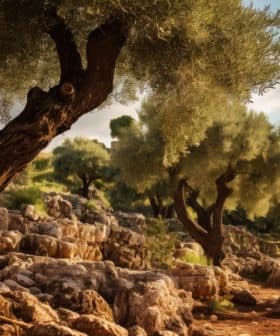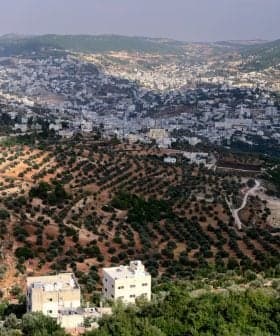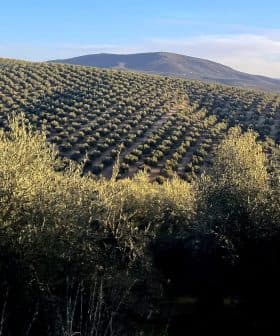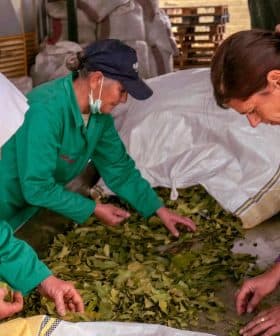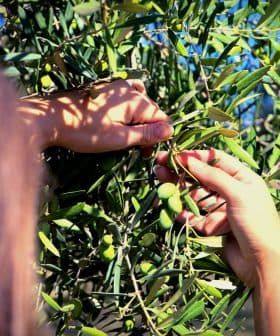Rise in Tourism Forces Upgrades in Greek Olive Oil Mills
The region of Messinia in Greece, home to the largest concentration of olive oil mills in the country, is facing challenges due to the impact of tourism on their profitability, particularly near the Costa Navarino resort. Local authorities are now requiring many mills to switch from the traditional three-phase processing method to the more environmentally friendly two-phase method, resulting in potential financial losses for the producers.

Almost 300 of more than 2,500 olive oil mills in Greece are located in the region of Messinia at the southwest of continental Greece, making it the biggest olive oil producing region in the country. The mostly small, family-owned enterprises have limited resources in an industry wrought with challenges. Now they’ll have to cope with the latest threat to their profitability: tourism.
The tourism industry has always been a major contributor to the Greek economy (accounting for 18.2 percent of GDP), but nothing in the country resembled the full-blown, world-class “Costa Navarino”, a five-star hotel complex near the town of Pylos covering almost 600 hectares of land capable of providing accommodation for more than 1,000 guests in its full deployment.
But how is this related to the humble olive fruit? To produce the fine and palatable olive juice, the olive drupes are processed using special machinery. Following a so called “three-phase” processing method, the drupes are grinded to form a paste, then this paste is gently softened into special mixers to allow for the oil to separate itself from the cells and concentrate and finally the softened paste is passed on to a centrifugal machine, the decanter. No added chemical solvents are needed anywhere in the process.
The final products are the olive oil, a solid waste (or pomace) which comes from the olive kernel and a liquid black residue which is what is left from the centrifugation. This liquid residue contains heavy organic (but not toxic) substances and has a characteristic unpleasant odor. The residue is then mixed with lime to reduce its organic load and is finally piped to streams and brooks. But streams and brooks fall into the sea and this black substance is not something that tourists want to swim through or even smell. There have been several complaints about this around the Costa Navarino resort, alerting the tourism industry.
Now local authorities are forcing several of the oil mills to change their method of three-phase processing to the new two-phase processing, where the solid waste and the liquid residue are mixed together to form a semi-fluid pulp. This is the preferred method for most other big olive oil producers like Spain, but it too has its drawbacks: it is difficult to process the semi-liquid pulp and it requires greater amounts of energy.
Nothing falls into the sea anymore but the new method has other serious implications: the olive oil mills have to change or update their core equipment and adapt their energy systems for the two-phase operating mode. Also, both the solid waste of the three-phase process and the semi-fluid pulp of the two-phase process are sold to special refineries that can extract second grade oil from them; but while the solid waste costs about 30 euros a ton, the pulp costs a mere 3 euros a ton.
All said, the oil plant owners have to cope with some serious money loss at a time that the price of bulk olive oil has dramatically dropped in Greece ( to approximately 2,30 euros a kilo). In time, and due to the anticipated rapid tourist development of the region, more and more oil plants will have to switch to two-phase causing some to wonder how Messinia producers will be able to maintain elusive profits.


